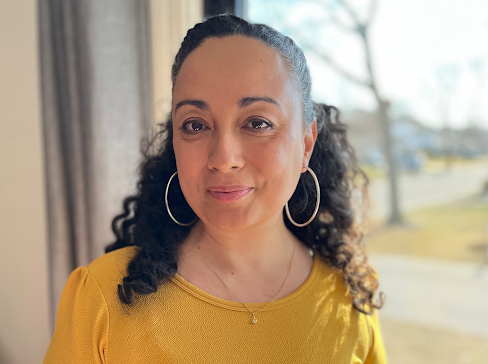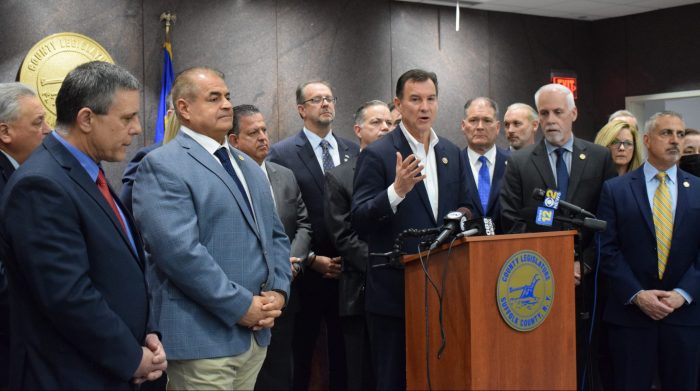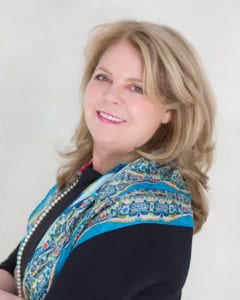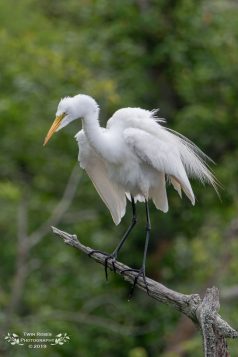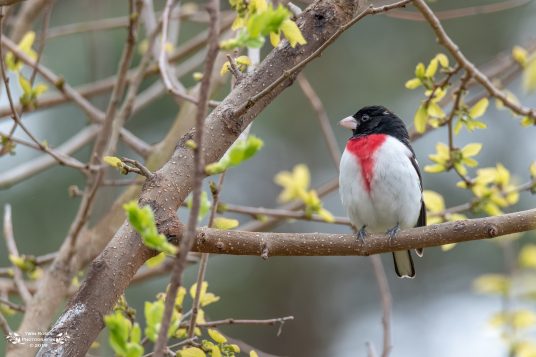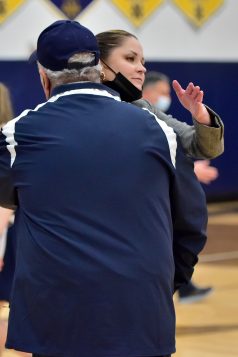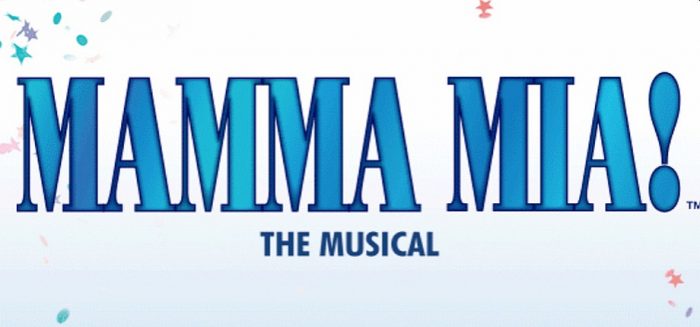Farmingdale State College (FSC) and The Estée Lauder Companies (ELC) have signed a strategic alliance to drive innovation and support for emerging STEM talent across Long Island. The announcement was made in press release on Feb. 10.
As part of the collaboration, ELC has leased approximately 40,000 sq. ft. of laboratory and office space at Broad Hollow Bioscience Park (BHBP), located on the FSC campus. ELC intends to hire talent for more than 30 new scientific R&D roles and in spring 2022 will relocate select teams of employees to the new space.
The collaboration will include an applied learning initiative, which will begin in Fall 2022, and will help prepare students in FSC’s science and engineering programs for potential R&D roles at ELC. It will also include internships and collaborative research activities for FSC students and faculty, adjunct academic opportunities for ELC R&D leaders, and student scholarships.
The arrangement also brings to BHBP an anchor tenant focused on research and development, and marks ELC’s first co-location with an academic institution. The space at BHBP is only two miles from ELC’s skin care, makeup, body, fragrance, basic science and advanced technology R&D labs in Melville.
The Broad Hollow Bioscience Park is a partnership between Farmingdale State College, Cold Spring Harbor Laboratory, and the Research Foundation of the State University of New York (SUNY). BHBP is home to various biotech companies partnering to grow the bioscience industry along the Route 110 corridor.
“We are thrilled to welcome The Estée Lauder Companies to the Broad Hollow Bioscience Park and Farmingdale State College,” said Dr. John Nader, President of Farmingdale State College (FSC). “This extraordinary public-private alliance brings a premier corporate partner to our campus and will lead to scholarship support and collaboration opportunities for Farmingdale State College students and faculty. This is a victory for Long Island, the College, and the region’s bioscience corridor.”
The new alliance reinforces ELC’s longstanding commitment to investing in and modernizing its Long Island operations and supporting the local communities in New York State. The company currently, which has been on Long Island for more than 50 years, has thousands of employees across R&D, manufacturing, finance, information technology, and other areas working on its Melville, NY campus. ELC has a strong history of hiring SUNY graduates and also has FSC alumni working at the company.
“We are very proud to collaborate with Farmingdale State College and SUNY to further fuel R&D innovation and empower STEM leaders of tomorrow across Long Island and New York State,” said Lisa Napolione, Senior Vice President, Global Research & Development at The Estée Lauder Companies.
“At ELC, our scientists, researchers, engineers, and product developers thrive on combining science, technology and creativity to formulate transformative prestige beauty products. Our collaborations with universities around the world help us stay on the cutting edge and advance our commitment to scientific excellence and delivering the highest quality, breakthrough prestige beauty products to consumers.”
“This partnership between Farmingdale State College and The Estée Lauder Companies at Broad Hollow Bioscience Park is a testament to how SUNY and the private sector can work together to create limitless opportunities within STEM fields,” said SUNY Interim Chancellor Deborah F. Stanley.
“I’m confident this collaboration will yield hands-on experiences for our students to learn and grow, research and instruction opportunities for our faculty and job creation potential for years to come. Congratulations to Farmingdale State College on this exciting venture, and to our students who are seizing this opportunity and making their mark,” he added.


